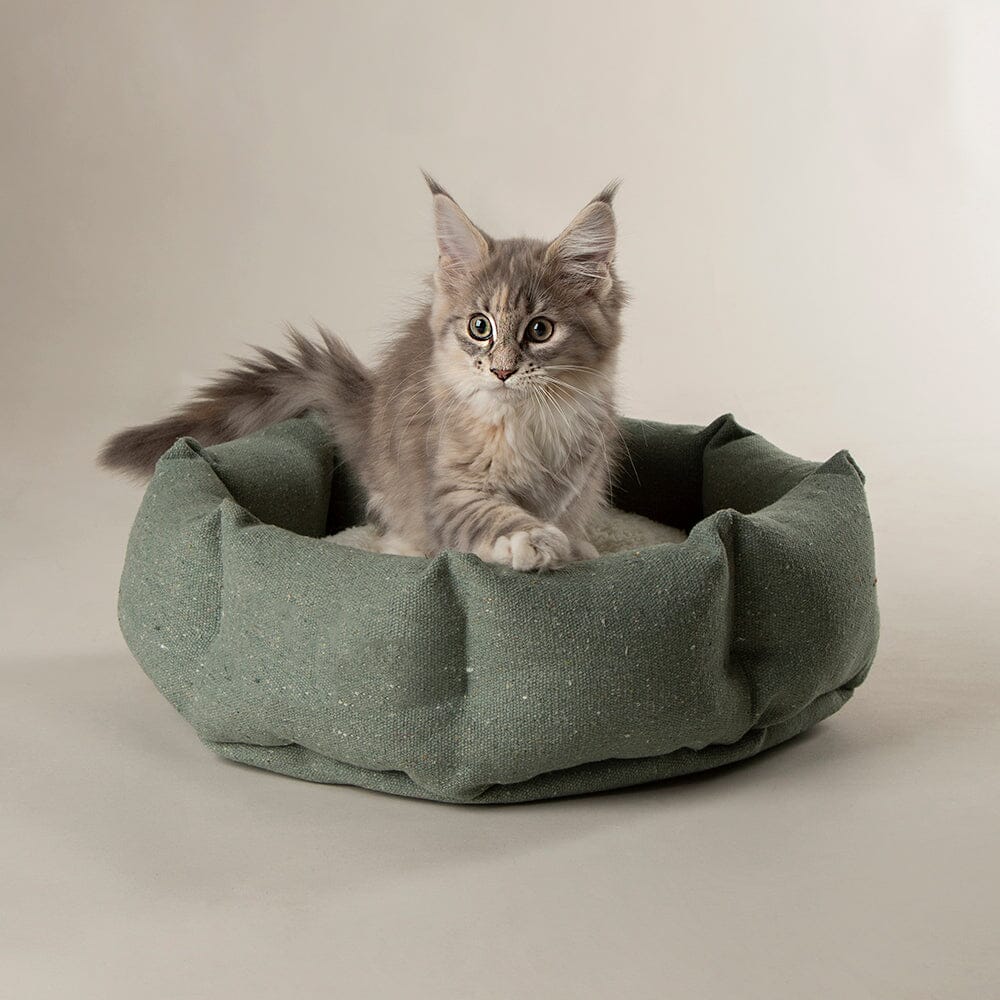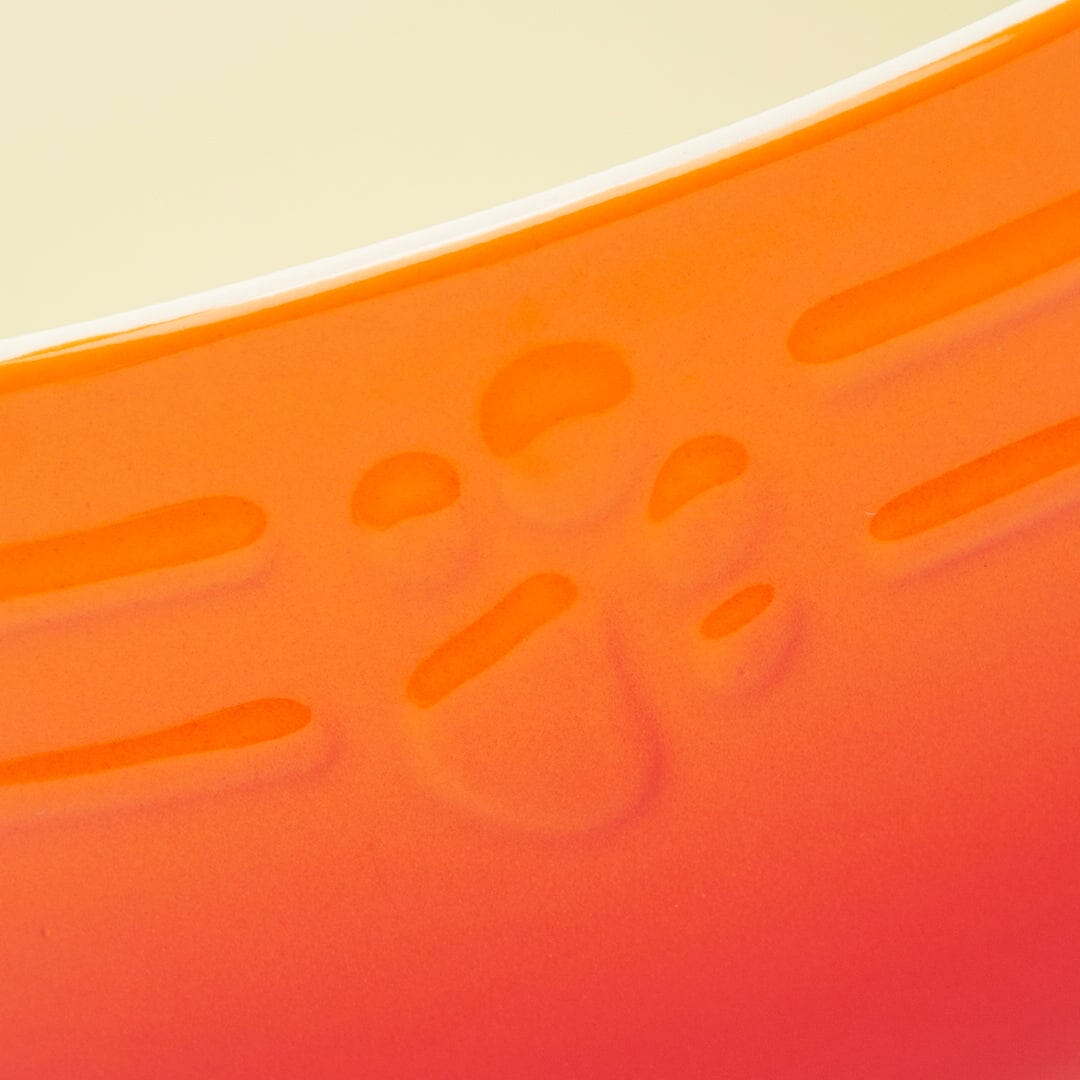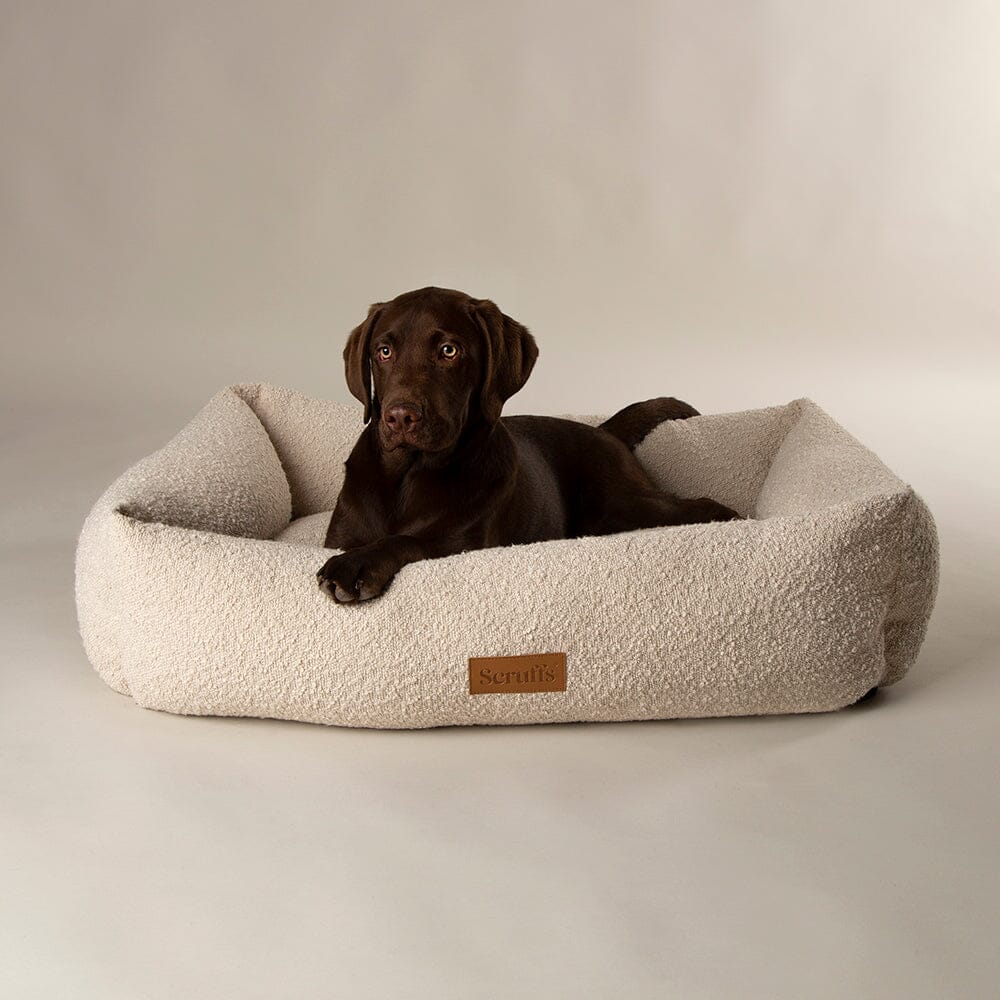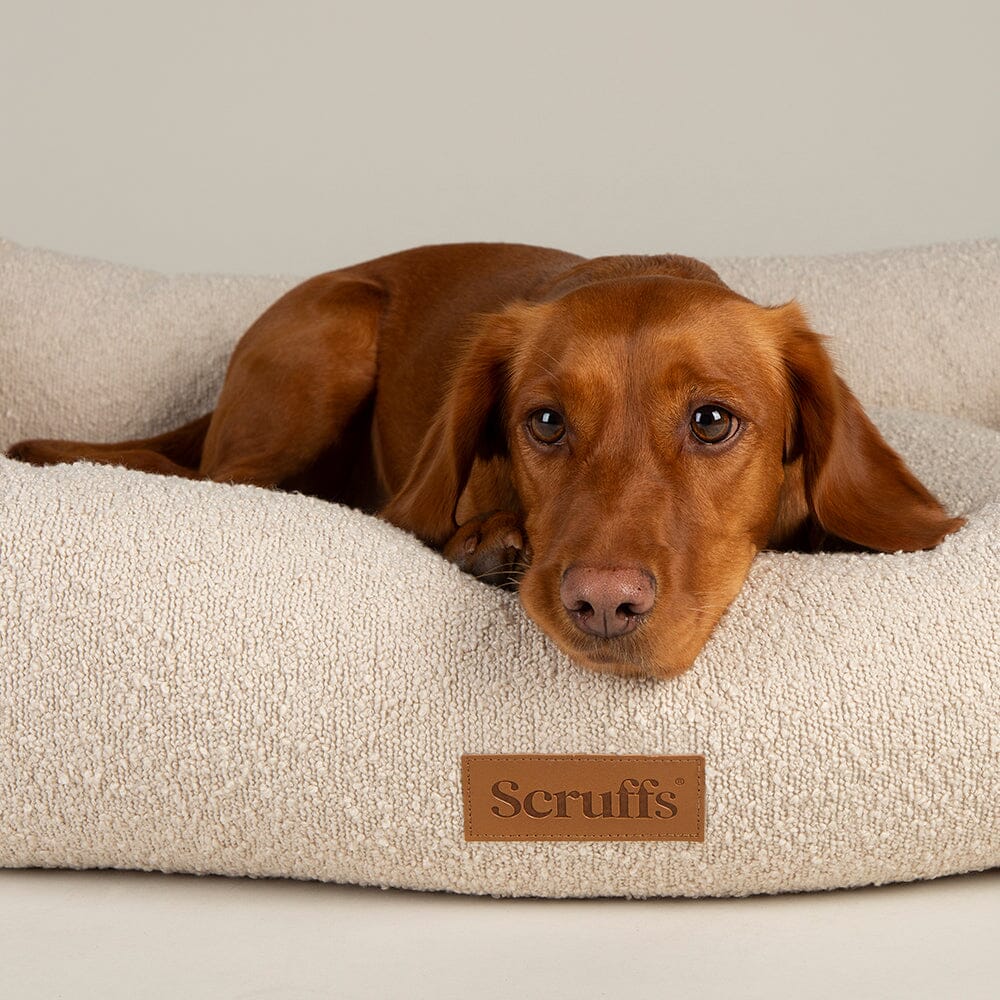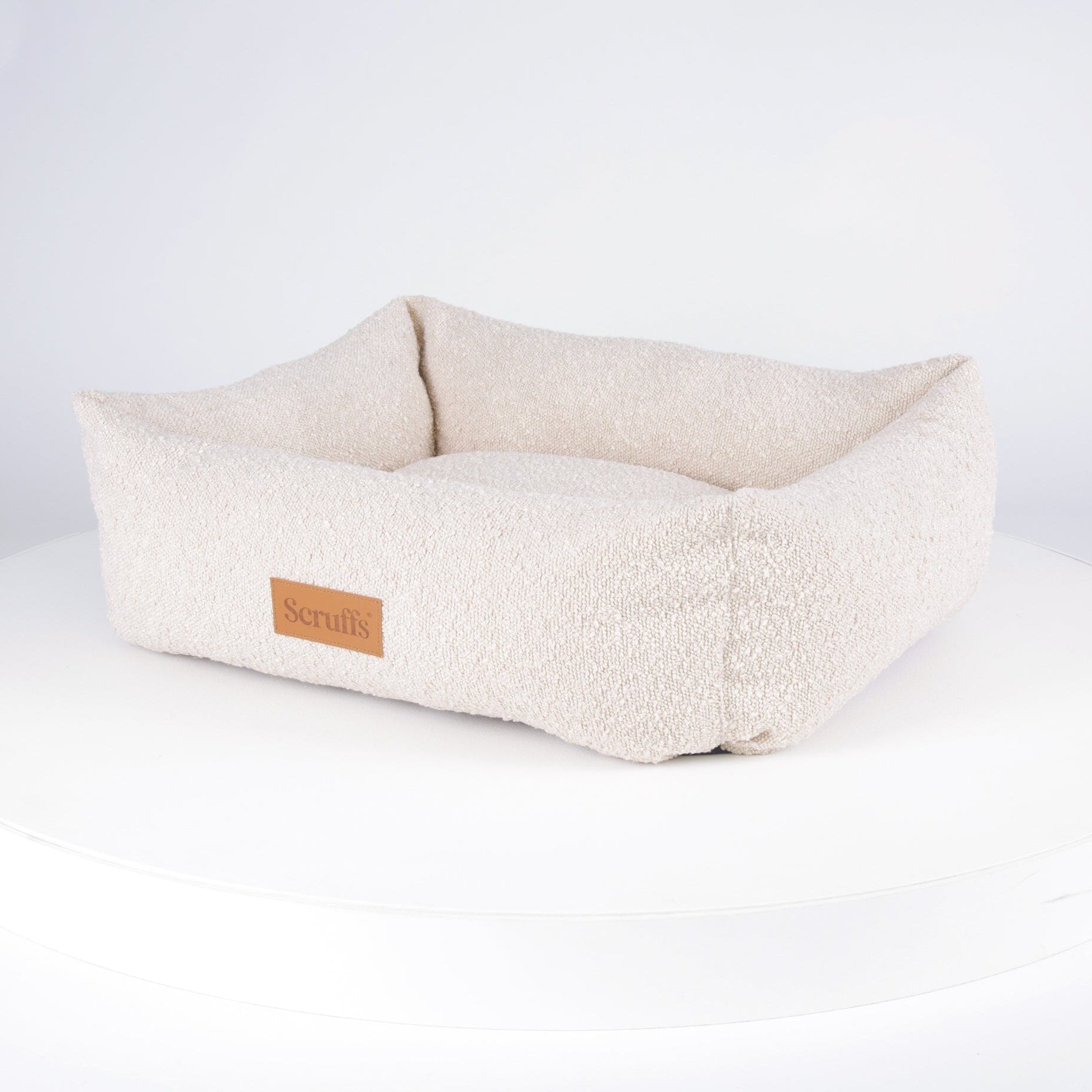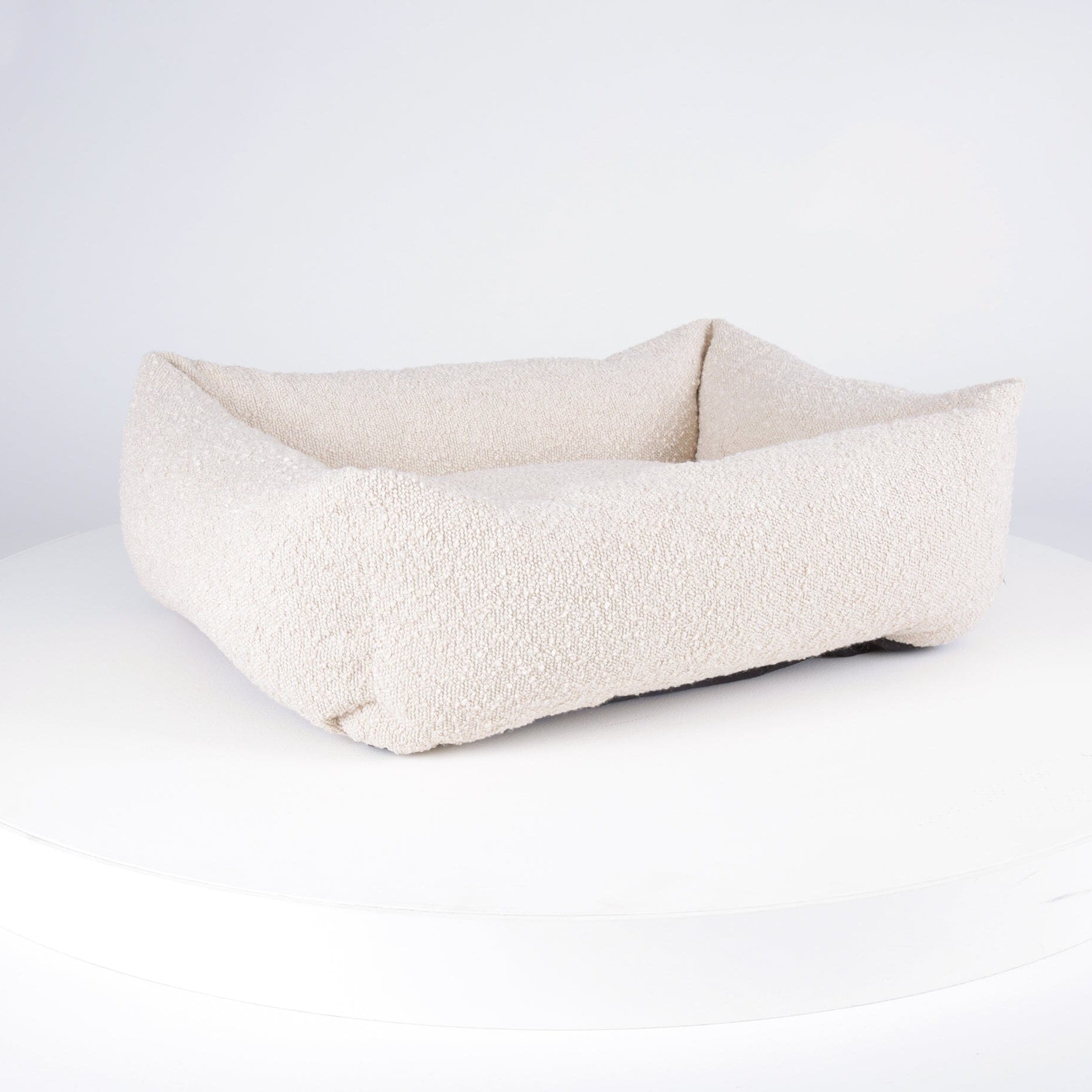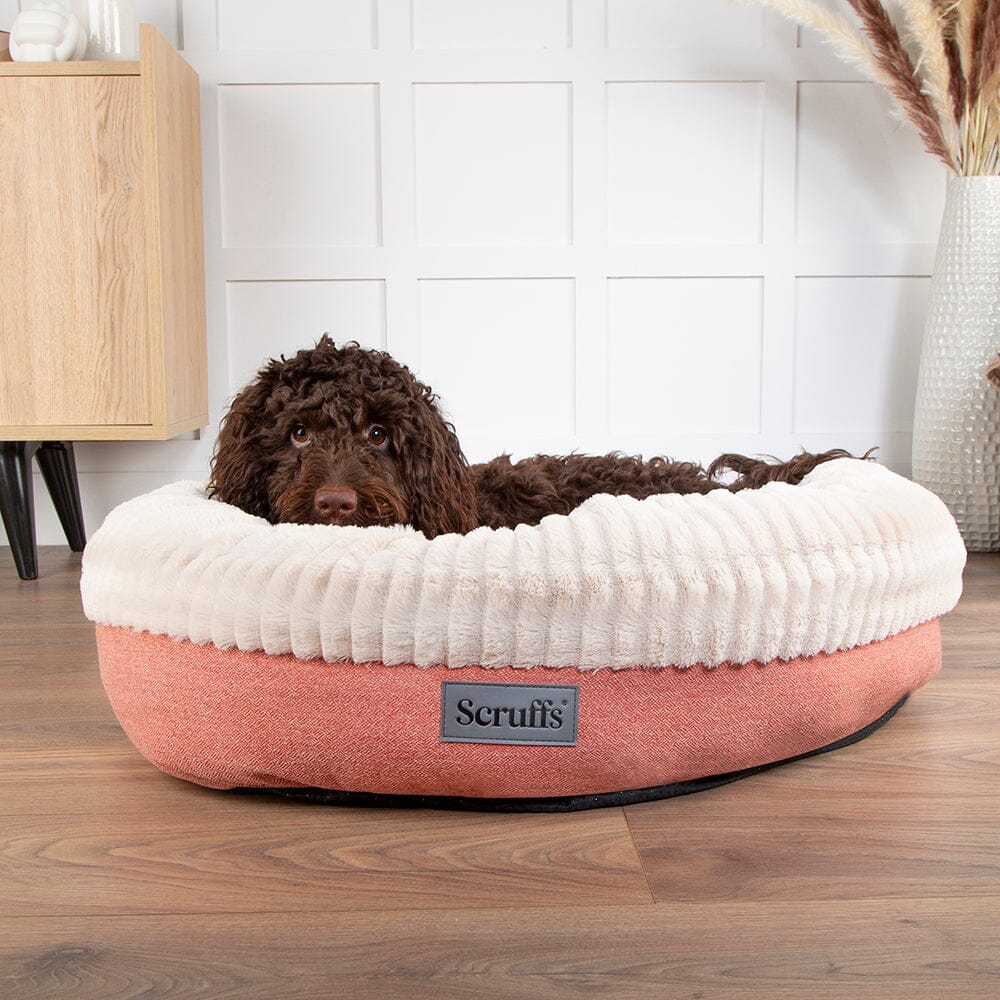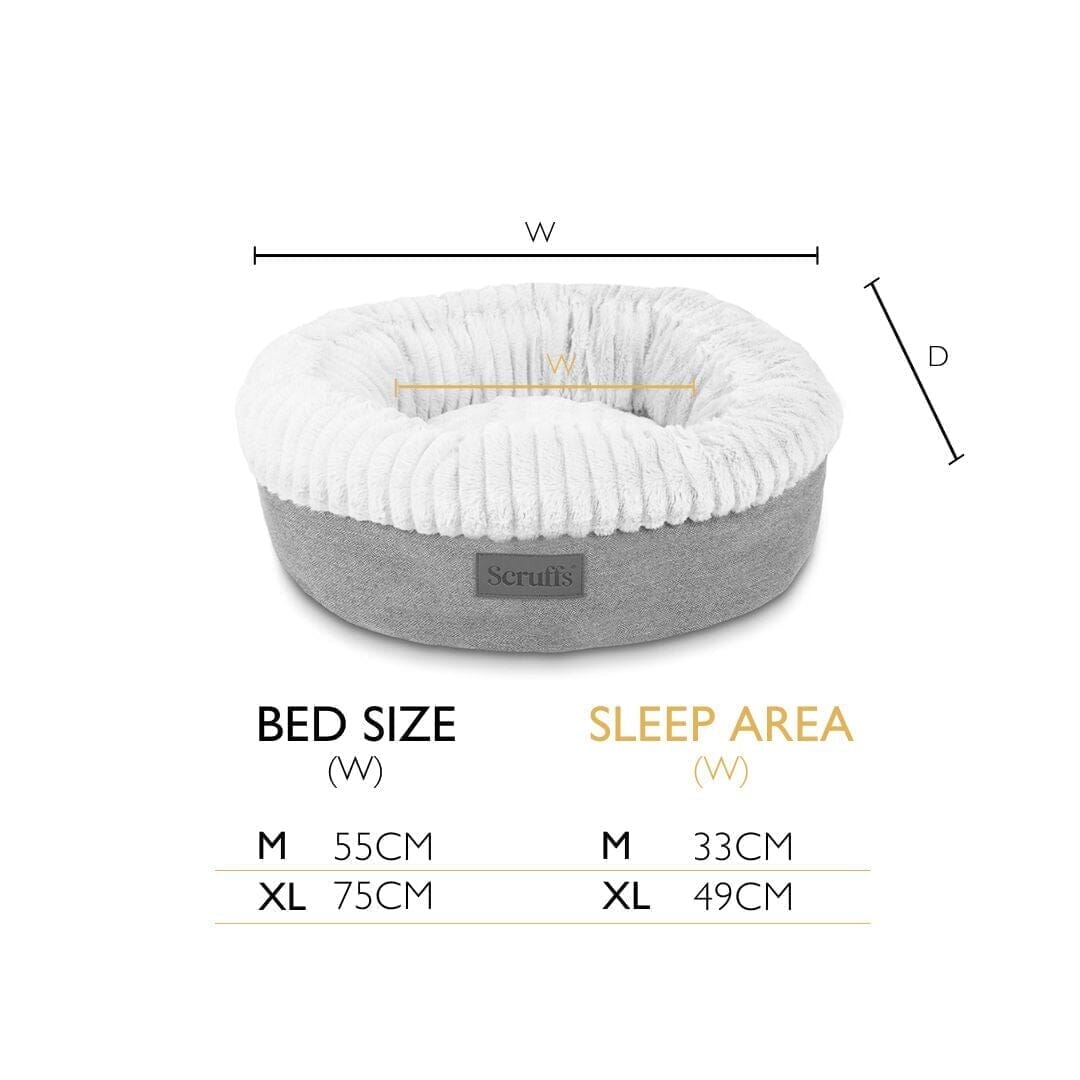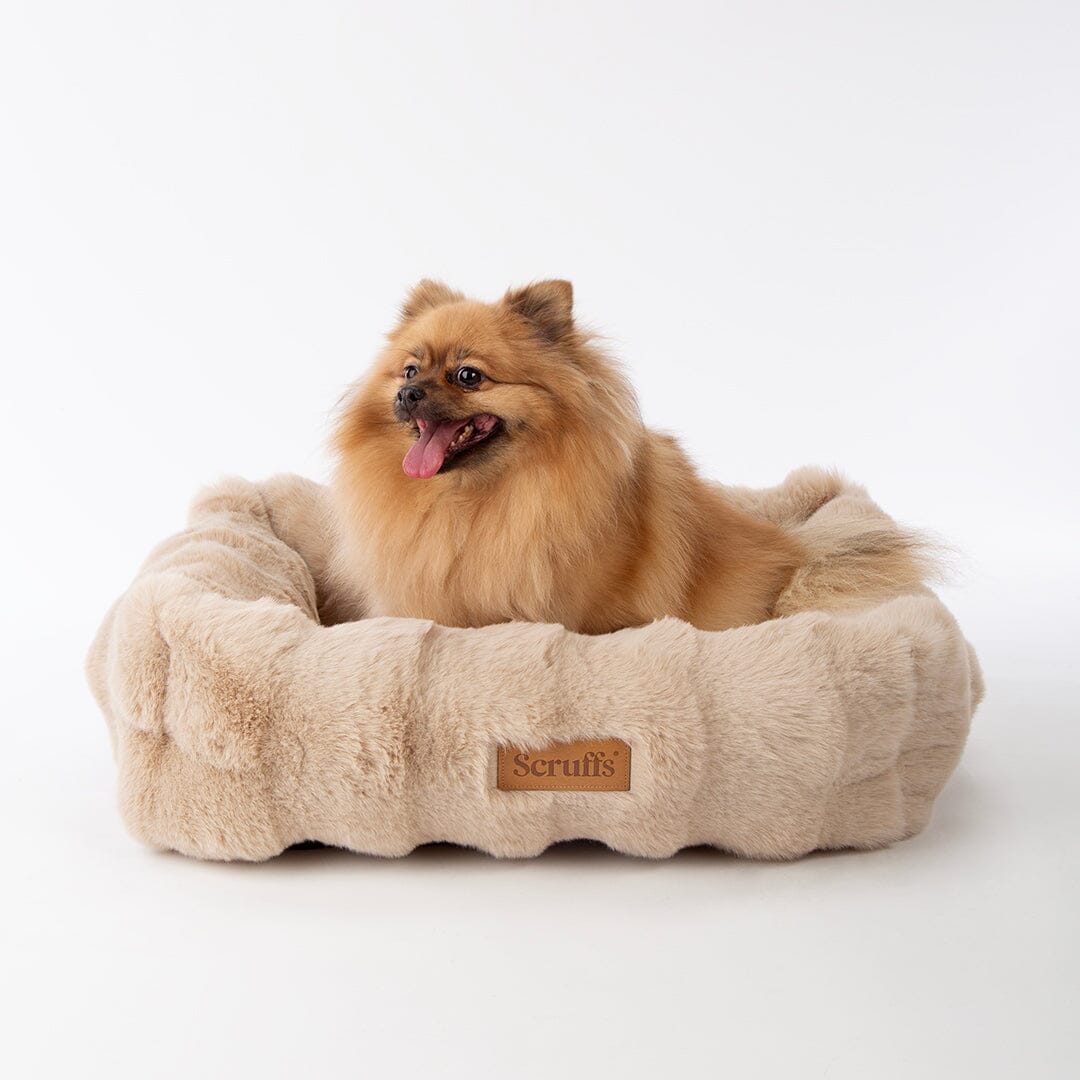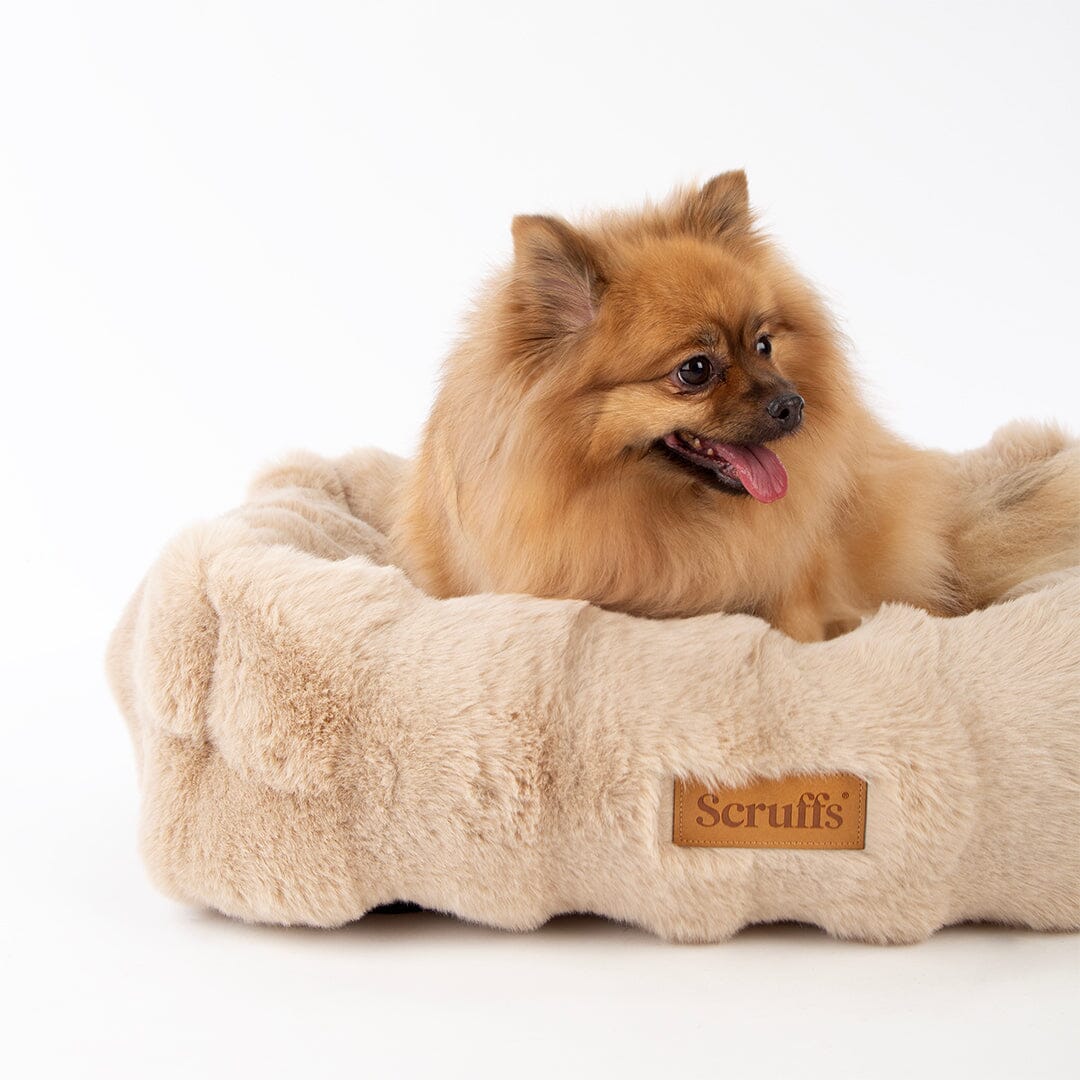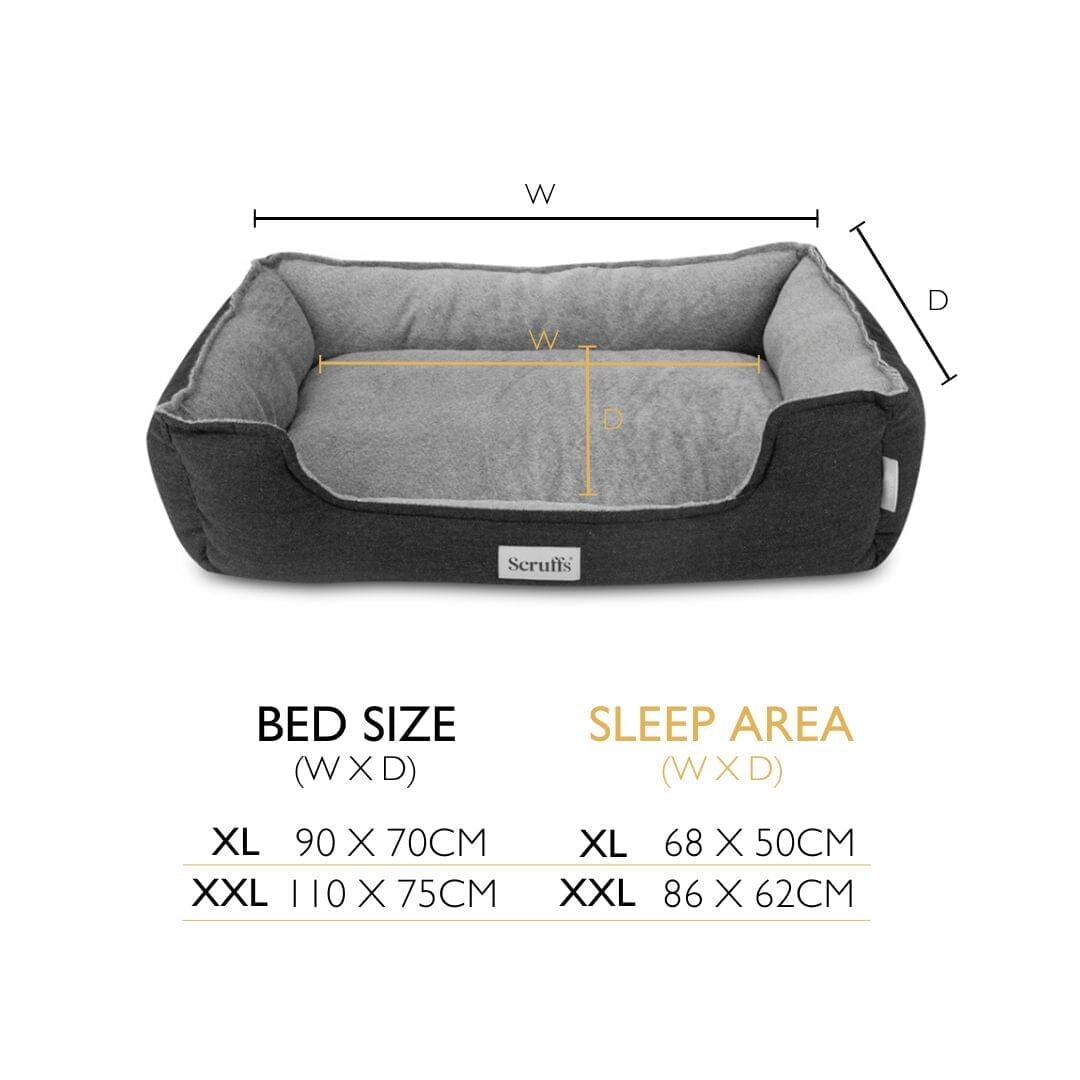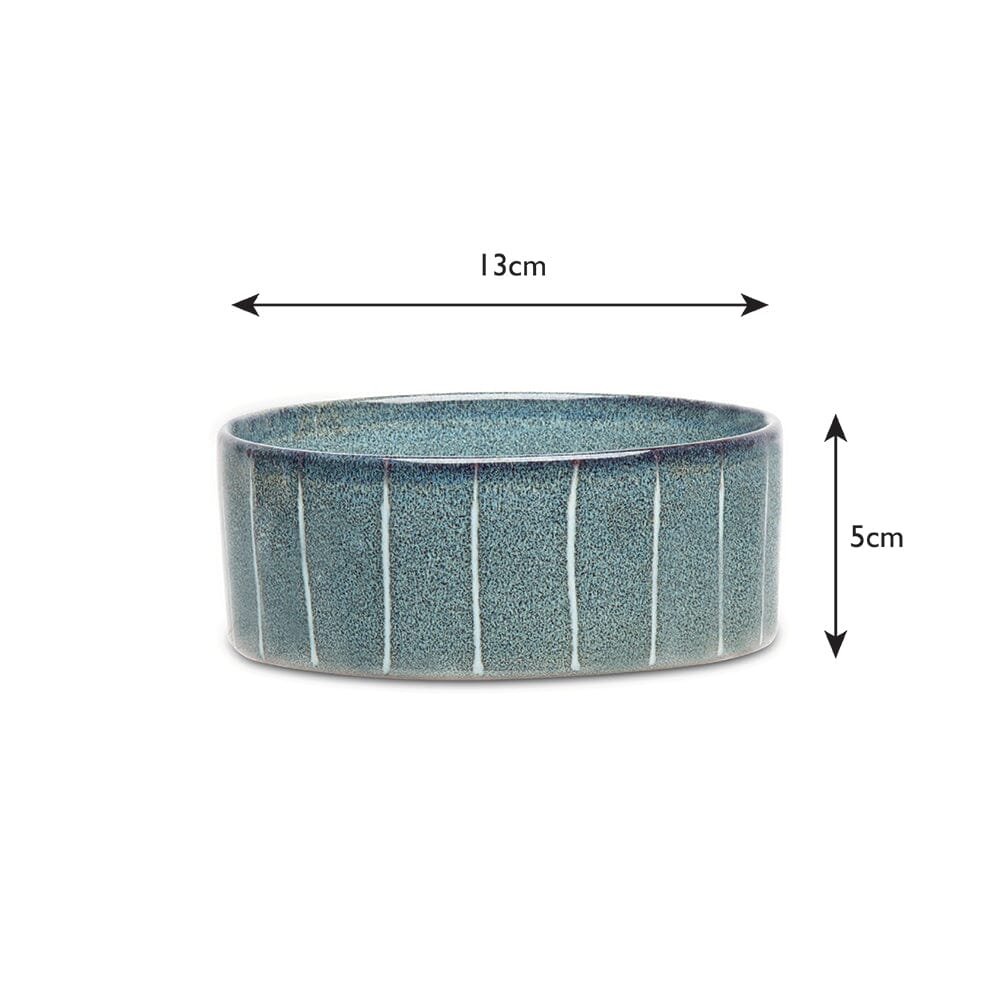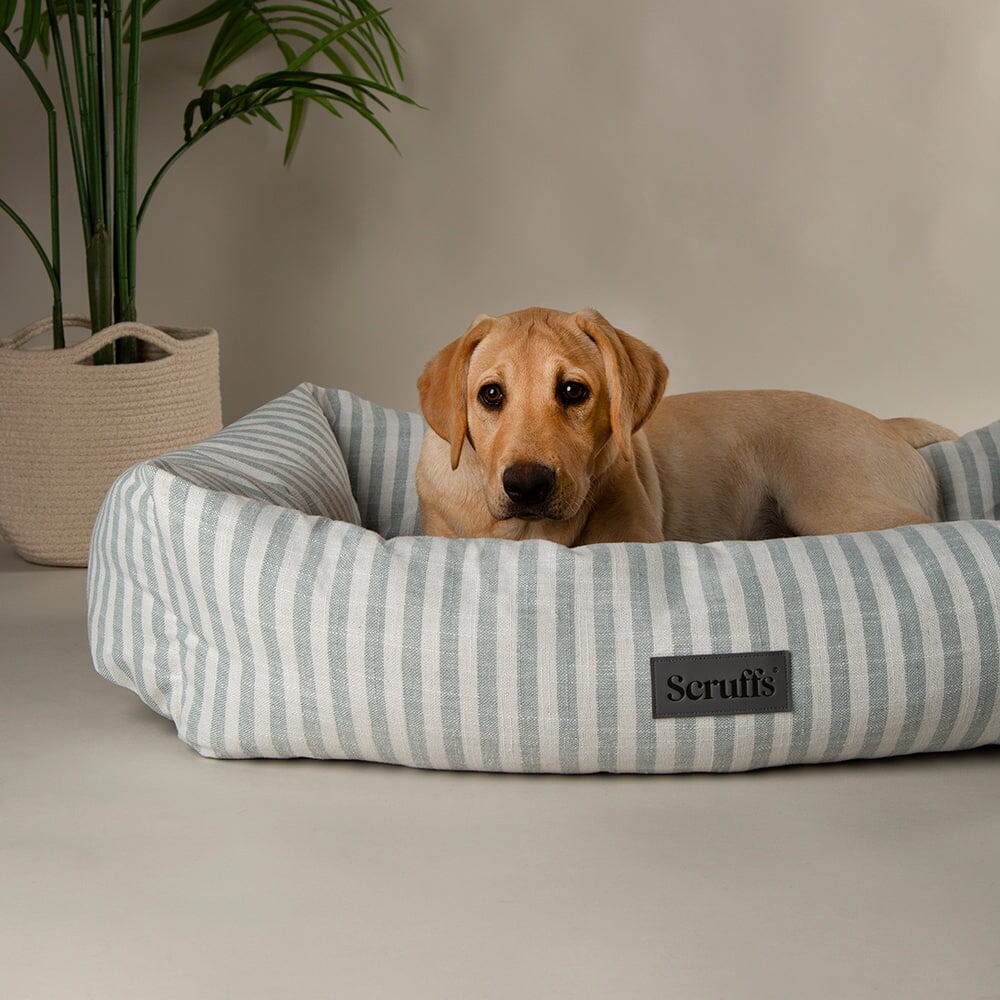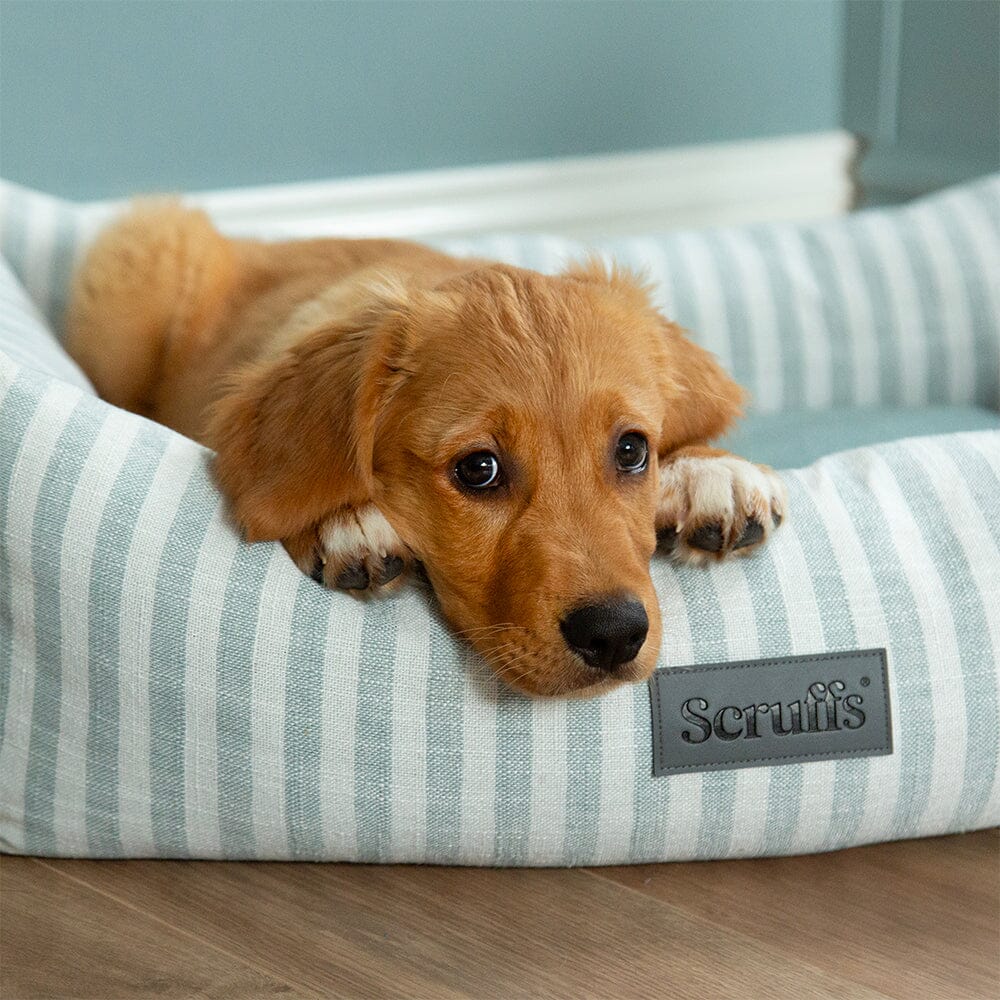The 5 Best Ways to Get Rid of & Prevent Ticks on Dogs

Image ©: Pet MD
Removing ticks from your dog is never a fun job during the spring and summer months. We've compiled 5 top tips to ensuring your dog is kept tick-free this season.
Spot-on Treatments:
Using over-the-counter medication from vets or pet stores can be a pretty effective way to controlling both ticks and fleas. Typically, medication such as this keeps the parasites away for around a month - but you need to very careful about which medication you use. Always seek advice from a veterinarian before application.
Oral Medications:
Medication which are given once a month are available for dogs. Medication such as this can work to kill both ticks and immature fleas and will help to disrupt the life cycle of fleas. They are easy to give and there is no need to be concerned about small children or cats coming into contact with dogs immediately after application, as you might when using spot-on treatment.
Shampoos:
Bathing your dog with shampoos which contain medicated ingredients will generally kill ticks upon contact. This can be an inexpensive, quick and easy method of protecting your dog through the tick season. However, you will need to re-apply around every two weeks, as the effective ingredients will not last as long as a spot-on or oral medication.
Tick Dips:
A dip is a concentrated chemical which is diluted in water and applied to the animals fur with a sponge or poured over the back. The chemicals used in these dips can be very strong, so be sure to read all labels before application. You should not use a dip for very young animals (under 4 months) or for pregnant or nursing pets. Ask your veterinarian for advice before treating puppies, pregnant or nursing pets.
Tick Collars:
Collars that repel ticks are an additional preventive you can use, though they are only useful for protecting the neck and head from ticks. The collar itself needs to make contact with your dog's skin to be able to transfer the effective chemicals correctly. Please watch for signs of discomfort and always ensure there is enough room to fit two fingers under the collar when it's around your dog's neck.
Information provided by Pet MD. Please click here to read the article in full.



